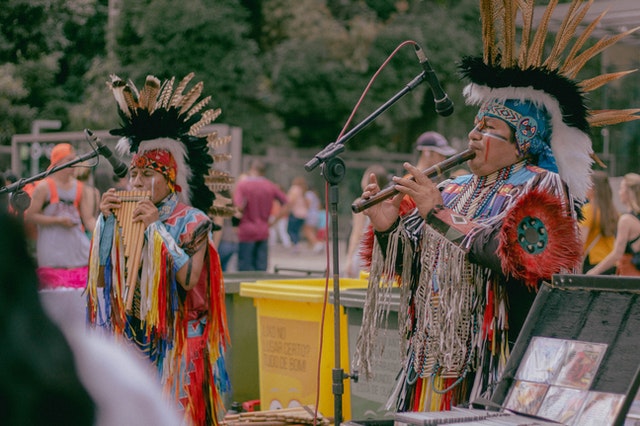
As we honor the Indigenous Peoples', on the second day of October, who have lived in the Southeast Florida area and across America, we recognize that some our towns and counties are named after these communities. This day is becoming increasingly common as a replacement for Columbus Day. Indigenous Peoples’ Day recognizes the Indigenous communities that have lived in the United States for thousands of years.
The principal native tribe in the region that is now Miami-Dade County was the Calusa (renamed Tequesta by Ponce de Leon), whose members-built villages along the Miami River. The name Miami comes from the Calusa word "Mayami," meaning "Big Water."
Osceola County is named for the Seminole Tribe leader Osceola, whose name means “Black Drink Cry”. He led a small group of Seminoles during the Second Seminole War. Seminole was named after the Native American tribe most abundant in Florida before European settlers took over the land.
A thousand years ago, the Jobe tribe, believed to be a subgroup of the larger Jaega tribe, thrived in an ancient village on the Jupiter Inlet and was wrongly transcribed by a mapmaker as Hobe (not Jobe) Sound.
The Village of Tequesta was named for the Tequesta People. The Tequesta or Tekesta Indians lived in present-day southern Palm Beach, Broward, and Miami-Dade counties. They were second in power and prominence among the small tribes of Florida’s southeast coast.
To the north were the Jeaga and Jobe, and to the west and southwest were the dominant Calusa. According to historians of the early 20th century, the chief of the Tequesta was related to the chief of the Calusa.
Honor Indigenous Peoples' Day!



